When Music Becomes a Weapon — The World of K-Pop Demon Hunters
Seoul has always been alive — glowing signs, endless rhythm, and crowds chasing dreams under neon skies.
But in K-Pop Demon Hunters, the city beats differently.
Here, every melody hides a secret, and every concert stage might just be the front line of a battle between light and darkness.
The movie, a joint project between Sony Pictures Animation and Studio MIR, is a one-of-a-kind fusion:
K-pop’s dazzle meets Korean folklore’s mysticism.
Instead of simple fan service, it gives us something deeper — a cinematic love letter to Korea’s evolving culture.
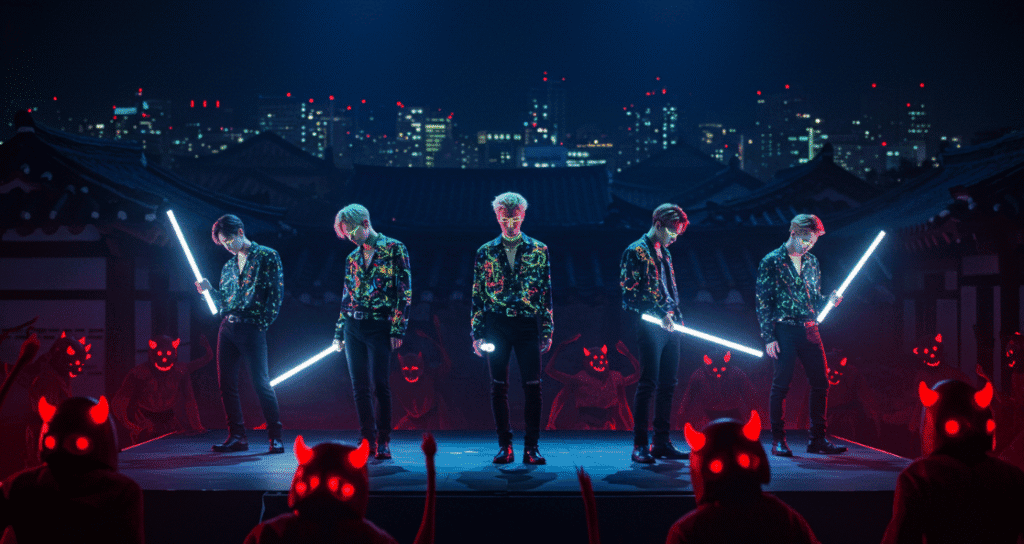
Each performance feels like a ritual.
Each beat echoes like a spell.
It’s the rare kind of film that turns pop culture into mythology — without losing its pop heart.
💥 The Story Behind the Stage — Idols by Day, Demon Hunters by Night
The story revolves around a five-member girl group — adored by fans, but haunted by duty.
By day, they perform to cheering audiences.
By night, they battle ancient demons threatening to consume the city.
Their music isn’t just entertainment.
It’s energy — spiritual power channelled through rhythm, unity, and emotion.
A clever nod to Korean shamanistic traditions, where sound, movement, and dance are forms of prayer.
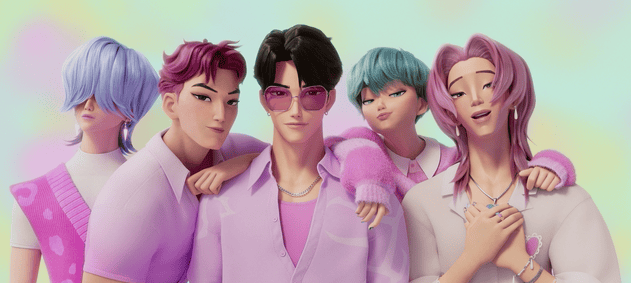
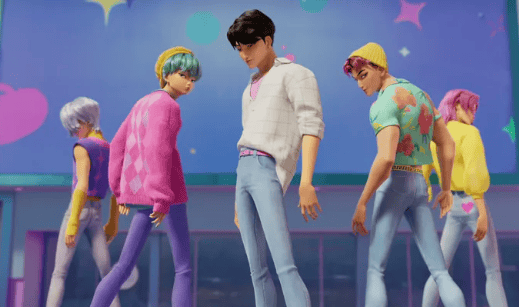
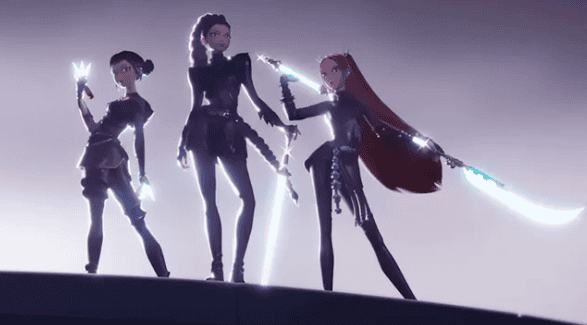
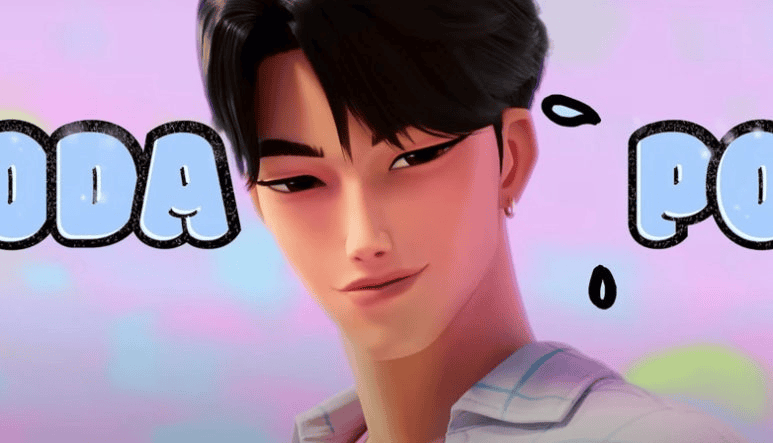
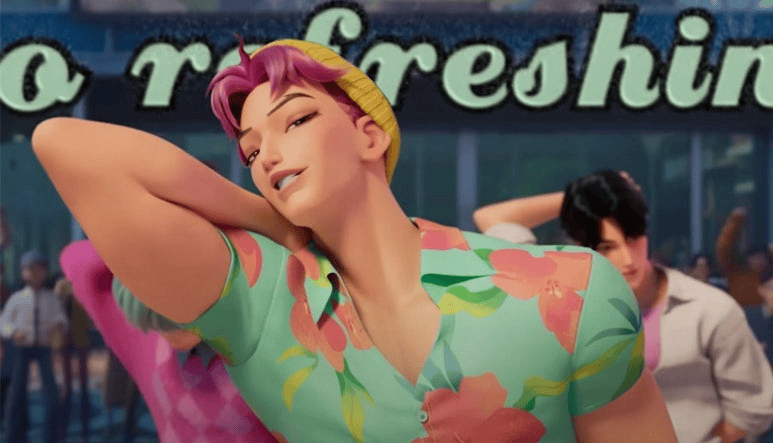
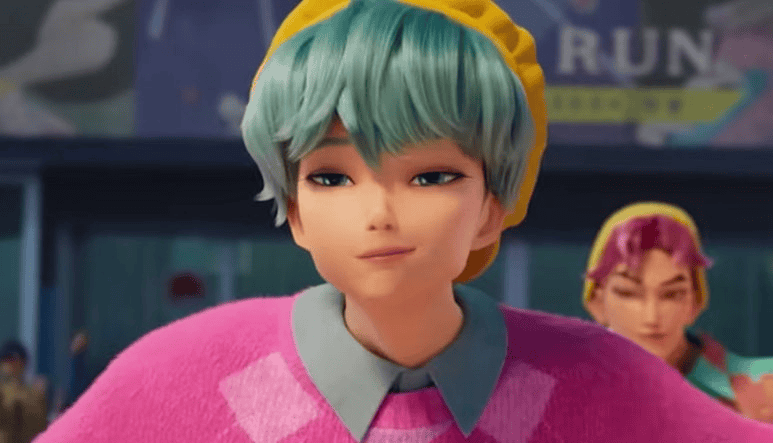
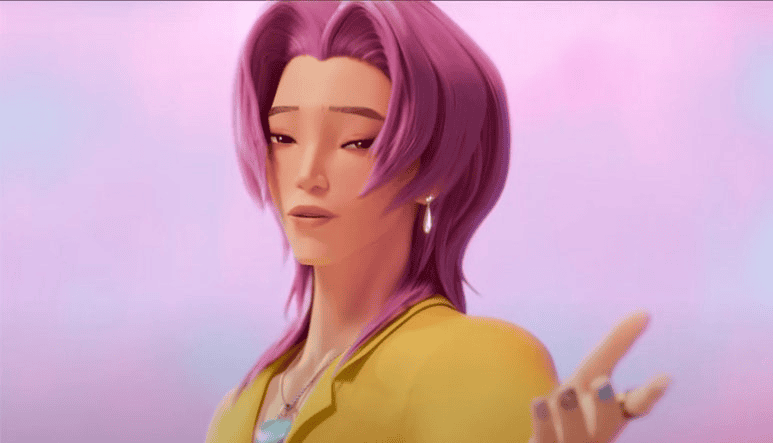
This duality — fame vs. responsibility — mirrors real K-pop culture.
Behind the makeup and music, idols face grueling schedules, mental strain, and the constant fight for authenticity.
The movie turns that struggle into a literal war between light and shadow.
It’s fantasy, yes — but grounded in truth.
🌍 From Seoul to Netflix Charts — Global Buzz & Fan Reactions
When K-Pop Demon Hunters hit Netflix, it became an instant sensation.
It topped animation charts in the U.S., Brazil, the Philippines, and Indonesia — proving that K-pop’s reach now extends beyond music and into storytelling.
Twitter exploded with reactions.
“It’s like Blackpink meets Demon Slayer — but with Seoul flavor.”
“Finally, a K-pop story that isn’t just about fame, but power and purpose.”
TikTok creators turned fight scenes into trending dance challenges.
Fan artists on Reddit and DeviantArt reimagined the characters as real-world idols, designing stage outfits inspired by traditional hanbok.
[이미지 삽입 – 팬아트 포스터 이미지]
Alt (EN): Fanart poster of K-Pop Demon Hunters blending music and action
Alt (KR): 음악과 액션이 결합된 케이팝 데몬 헌터스 팬아트 포스터
The soundtrack amplified the craze:
songs like Golden and How It’s Done broke Spotify’s top K-pop playlists.
The lines between virtual fandom and real idol culture blurred —
as if K-Pop Demon Hunters had created its own mini universe inside the fandom multiverse.
🔮 Mythology in Motion — Korean Folklore Reimagined
What makes K-Pop Demon Hunters stand out isn’t just its animation or its soundtrack —
it’s how deeply it dives into Korean mythology.
The demons aren’t random monsters; they’re inspired by spirits found in jeoseung saja legends — grim reapers who escort souls to the afterlife.
Each enemy reflects a cultural archetype: temptation, greed, jealousy — emotions idolized and feared in pop fame.
[이미지 삽입 – 전통 무속 문양이 담긴 전투 장면 콘셉트 이미지]
Alt (EN): Battle scene featuring Korean shamanistic symbols and neon lighting
Alt (KR): 한국 무속 문양과 네온 조명이 어우러진 전투 장면 콘셉트 이미지
Director Maggie Kang once said in an interview:
“I wanted to show that Korea’s myths can be as cinematic as Marvel’s.”
Studio MIR took that vision and painted Seoul like a living spirit — skyscrapers glowing like talismans, subways roaring like underworld tunnels.
It’s not just an urban fantasy.
It’s Seoul as you’ve never seen it before: half-digital, half-divine.
🌸 The Heart Beneath the Glitter — Themes That Resonate
Beyond its magic, K-Pop Demon Hunters carries an emotional rhythm that resonates with real fans.
The story celebrates female strength — showing women as leaders, creators, and saviors.
One character’s struggle with burnout echoes real headlines about idol exhaustion.
Another’s fear of losing her voice mirrors the silent anxiety of fame.
[이미지 삽입 – 주인공이 무대 조명 아래 홀로 노래하는 장면]
Alt (EN): Main idol singing alone under stage spotlight, symbolizing vulnerability
Alt (KR): 무대 조명 아래에서 혼자 노래하는 아이돌의 모습 (불안과 용기를 상징)
Through this emotional honesty, the movie reminds us that “music saves” — not just the world, but the people who create it.
💫 Cultural Symbolism and the Future of K-Pop Storytelling
K-Pop Demon Hunters signals a new chapter for K-pop in media:
it’s not confined to albums or choreography anymore — it’s evolving into a cinematic mythos.
The movie redefines what “K-culture” can be: a bridge between history, spirituality, and pop expression.
It’s also a global message — that creativity from Seoul can speak every language without losing its soul.
The lights fade, the crowd cheers, and as the beat drops one last time,
you realize: this isn’t the end of a concert. It’s the beginning of a legend.

Leave a Reply